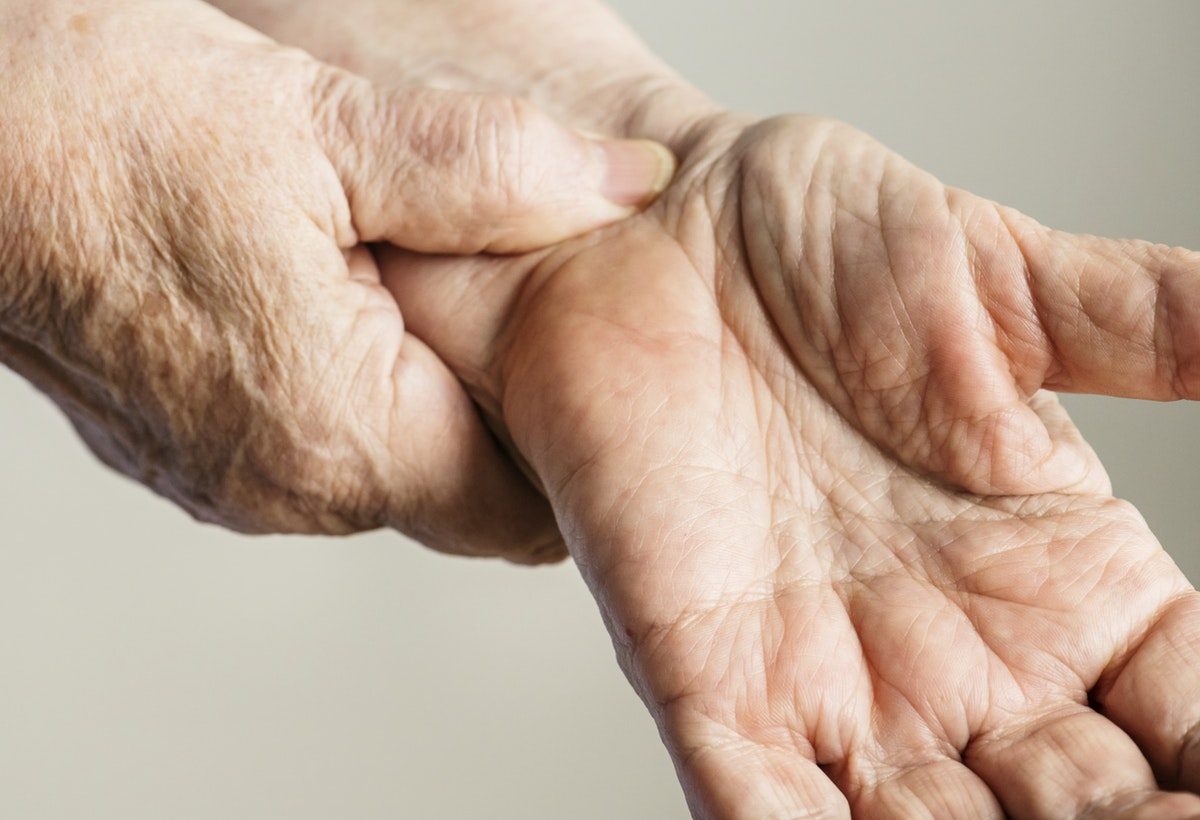Report on Carpal Tunnel Syndrome

by James Arbuckle
Let’s talk about carpal tunnel syndrome, and what, if anything, massage therapy can do for it.
What are the symptoms of carpal tunnel syndrome?
The main symptoms of carpal tunnel syndrome are pain, numbness, burning, tingling, weakness and/or clumsiness in the hand or fingers, not including the pinky finger. Symptoms often come on at night, and may radiate sensation up to the shoulder.
What causes the symptoms?
Carpal tunnel syndrome symptoms are caused by pressure on the median nerve, which runs down through the wrist and innervates the hand and all fingers but the pinky. The pressure often comes from the carpal tunnel, a small passageway in the wrist that the nerve passes through. This passageway is comprised of bones and ligaments, most notably the transverse carpal ligament. Pressure at other points along the nerve pathway may produce similar symptoms as well.
What causes the carpal tunnel to press on the median nerve?
Typically the pressure is due to swelling in the carpal tunnel. Some causes for this swelling include:
- Heredity
- Pregnancy
- Swelling/fluid retention
- Health problems such as diabetes, hypothyroidism and rheumatoid arthritis
- Repetitive hand or wrist movements, especially with the wrist flexed (bent down)
Can carpal tunnel be self-treated?
There are several self-treatments that have reportedly helped with carpal tunnel syndrome:
- Avoid repetitive hand and wrist movements, and let the wrist rest longer between activities
- Apply ice to the wrist periodically
- Soak the wrist in epsom salt
- Wear a wrist splint or hand brace at night
Can carpal tunnel syndrome be treated by a professional?
Treatments involving a second party include the following:
- Surgery
- Medication
- Physical therapy
- Yoga
- Massage therapy
How effective is massage therapy in treating carpal tunnel syndrome?
A 2016 research review concluded that massage may improve symptoms of CTS. Massage protocols often include myofascial release all along the median nerve, from neck to hand, with the goal of relaxing any muscles pressing on the nerve. The therapist may also include Swedish techniques, stretches, nerve gliding, and direct compression to tight muscle fibers. Many clients experience relief after the first session, but it may take a series of sessions combined with other interventions to get long-term results. There is also some limited research that indicates yoga may help manage symptoms.
James Arbuckle is a Licensed Massage Therapist at Nimbus Massage. He specializes in Swedish Massage, Sports Massage, Thai Yoga Massage, Hot Stone Massage, and Reflexology.


